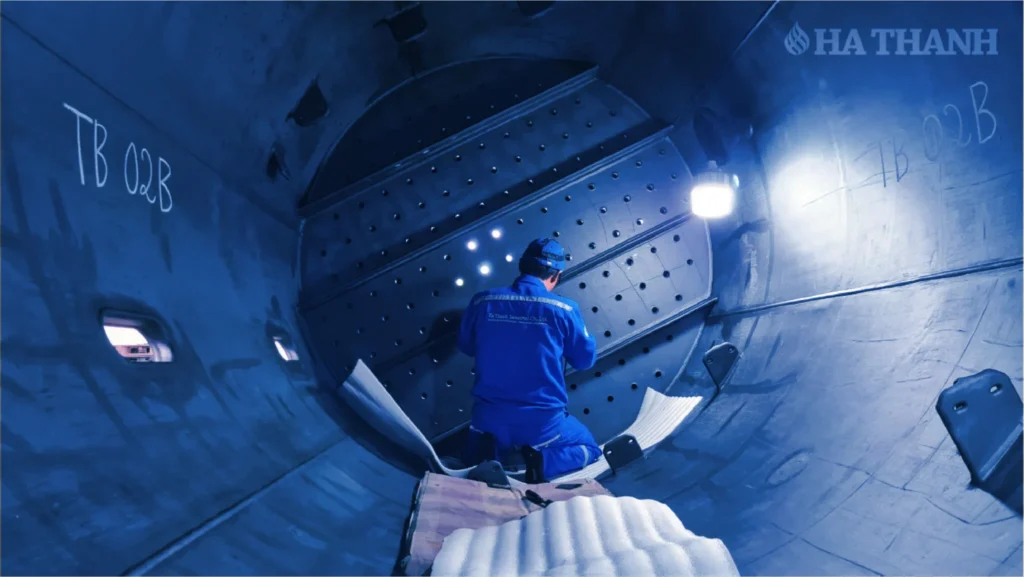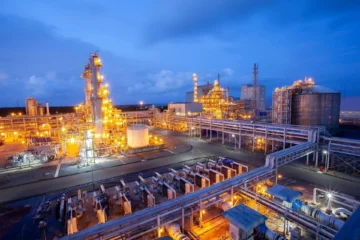Lót dán cao su là gì ?
Lót dán cao su là một phương pháp phủ thảm cao su lên bề mặt kim loại được áp dụng bảo vệ chống ăn mòn thiết bị.
Lịch sử lót dán cao su thiên nhiên chống ăn mòn kim loại đã được các nước Châu Âu, Hoa Kỳ đưa vào ứng dụng từ những năm 1920 và Nhật Bản 1960 của thế kỷ 20.
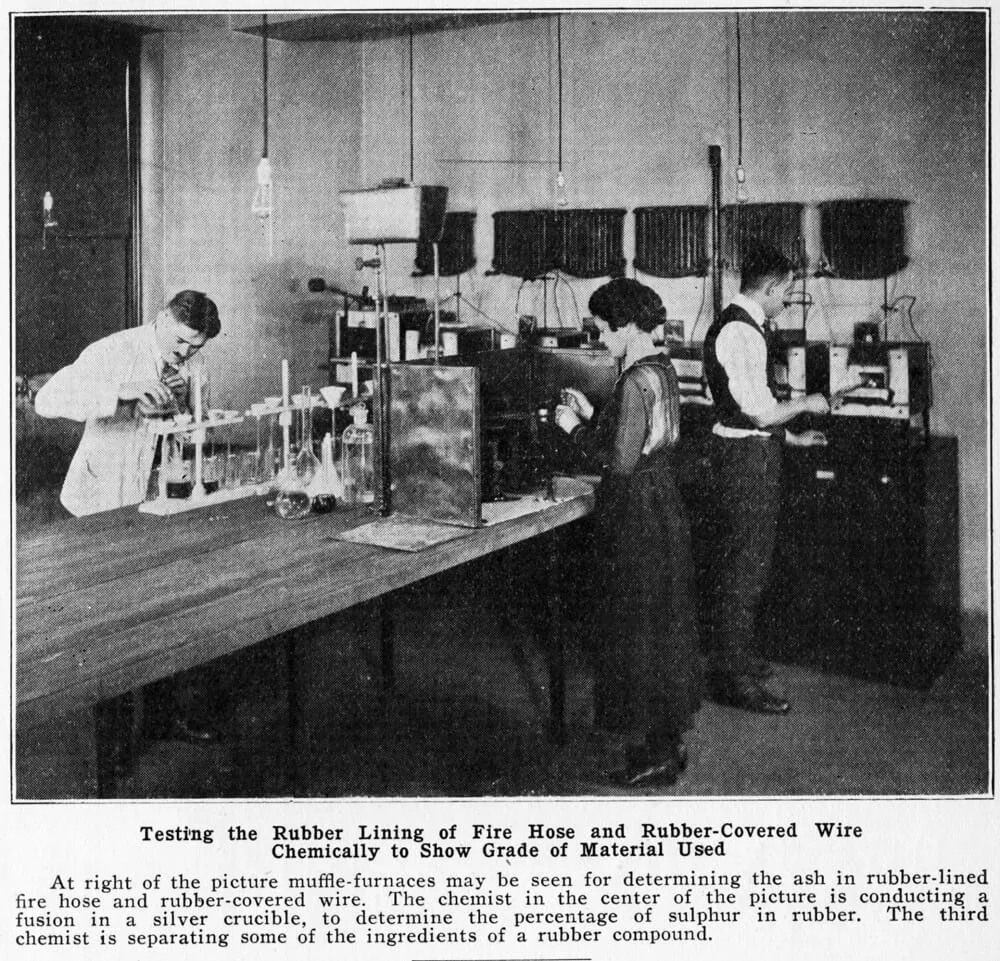
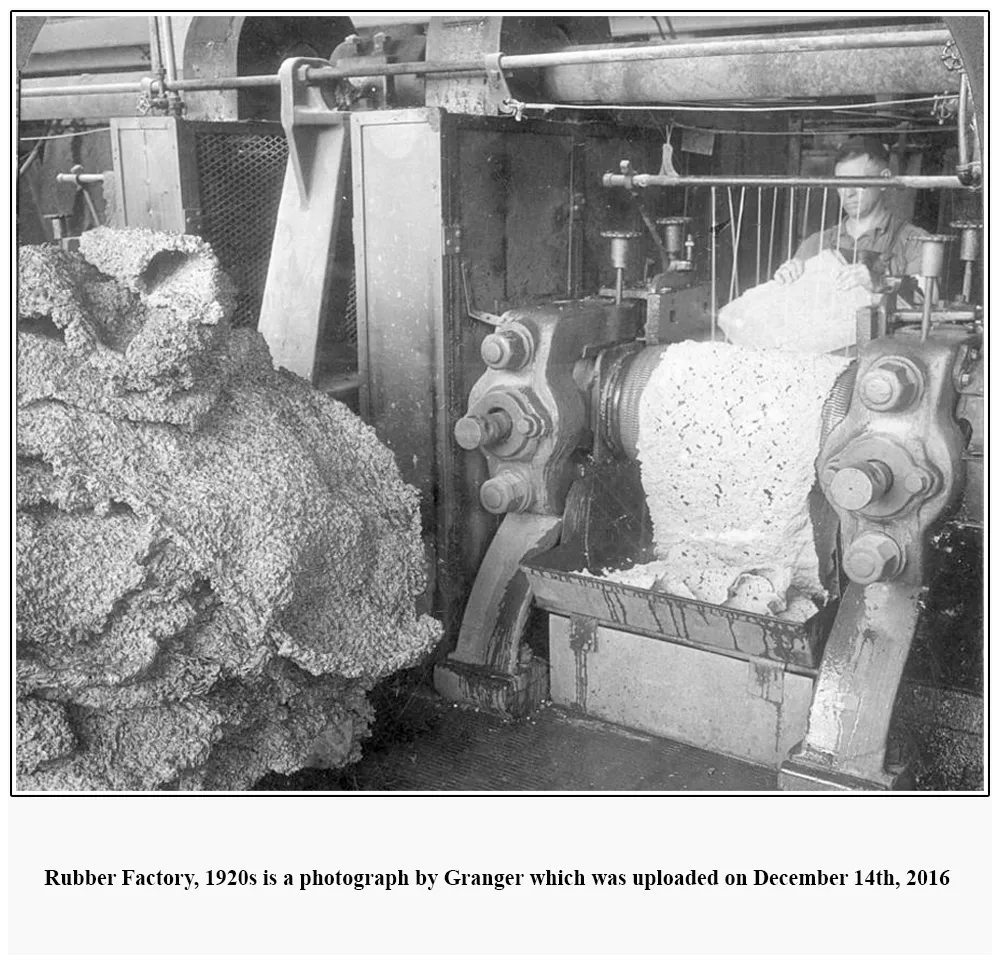
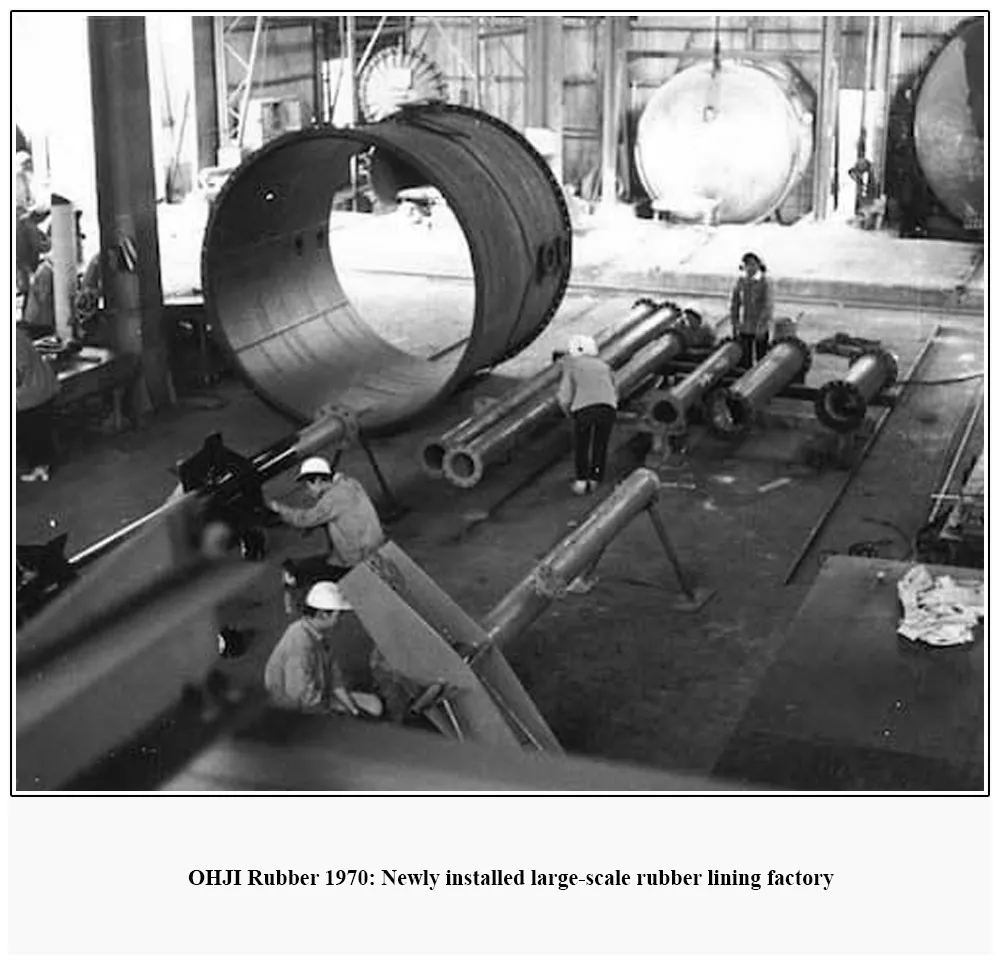
Ngày nay với sự phát triển tiến bộ khoa học kỹ thuật trong công nghệ pha chế, chế biến cao su tổng hợp và chất kết dính. Việc phủ dán cao su lên kim loại được xem như là một trong những ứng dụng hiệu quả, thành công trong việc bảo vệ chống thẩm thấu, ăn mòn và mài mòn thiết bị nhất hiện nay.
Tại Việt Nam ứng dụng lót dán cao su chống ăn mòn thiết bị cũng được một số nhà máy sản xuất hóa học và thực phẩm nhập khẩu đưa về sử dụng từ những năm 1993.
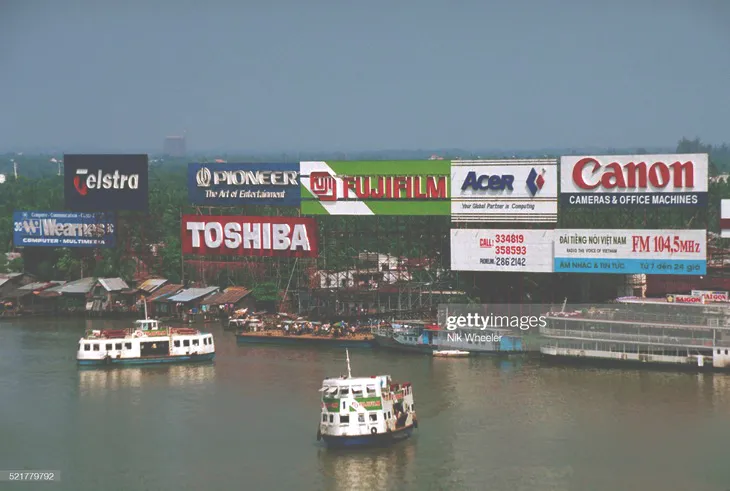
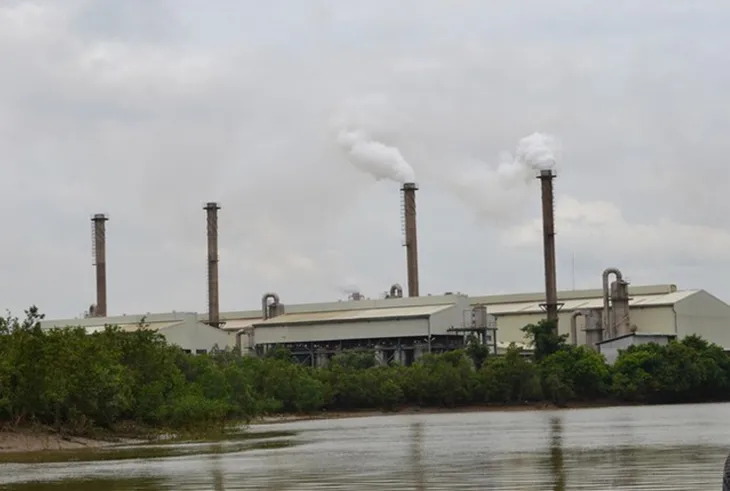
Và hiện đã có nhiều doanh nghiệp Việt Nam tiếp cận, ứng dụng lót dán cao su chống ăn mòn cho các ngành công nghiệp như sản xuất điện, sản xuất thép, lọc hóa dầu, khai thác khoáng sản, dầu khí, sản xuất giấy, phân bón, nước và xử lý môi trường phục vụ nhu cầu sản xuất trong nước và xuất khẩu.

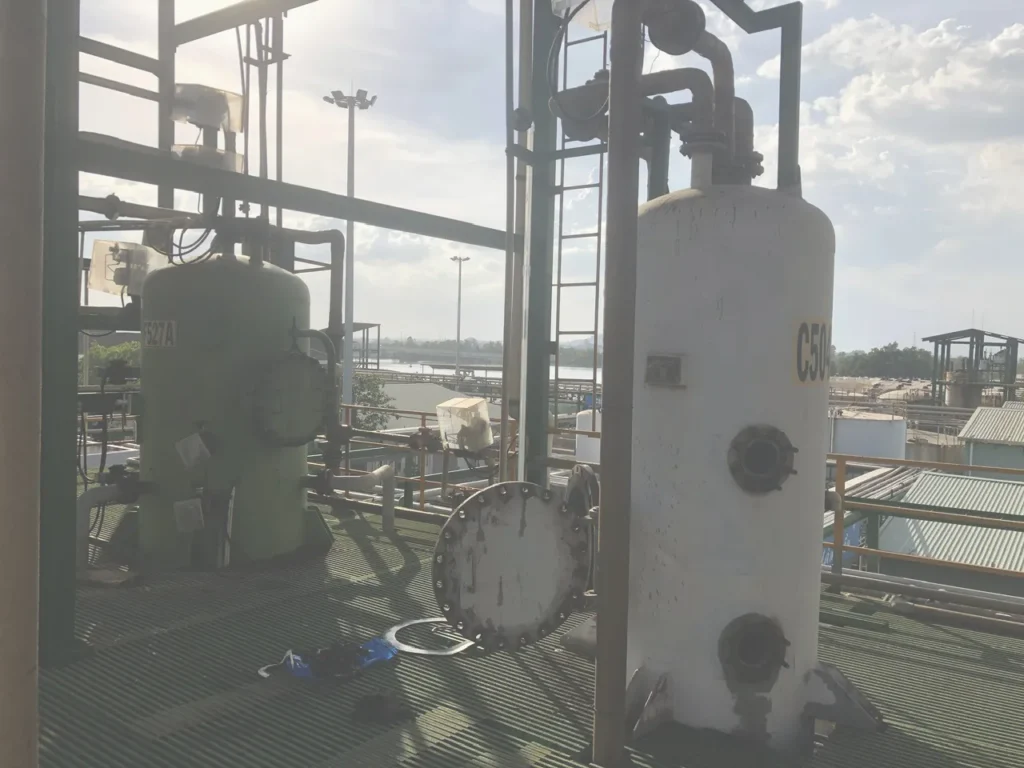
Tại sao phải lót dán cao su
Sự ăn mòn xảy ra khi kim loại tiếp xúc lâu ngày với chất lỏng như nước và dung dịch có tính ăn mòn. Lót dán cao su sẽ xử lý được những nhược điểm này và là giải pháp chống ăn mòn tuyệt hảo bằng cách dán những tấm cao su lên bề mặt kim loại hoặc bê-tông để bảo vệ, cách ly chống những tác nhân ăn mòn xâm nhập từ môi trường bên ngoài.
Việc lót phủ được thực hiện thủ công, bằng cách đo cắt các tấm cao su (chưa lưu hóa) dán lên bề mặt kim loại sau khi đã xử lý qua các bước như làm sạch tạo nhám, lót phủ keo, dán cao su cho dính chặt vào nền kim loại, sau đó đưa thiết bị đã lót dán cao su vào lò hấp để lưu hóa. Cao su sau lưu hóa sẽ cho ra một lớp bề mặt cao su cứng, mịn và bám dính rất chắc lên bề mặt kim loại.
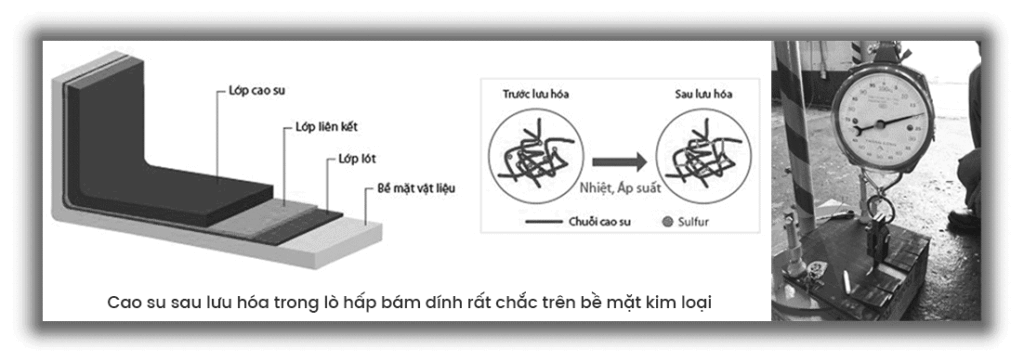
| Cao su lót dán | Đặc điểm | Lợi ích |
|---|---|---|
| Độ dầy chính xác và đồng đều | Kháng nhiều loại hóa chất | Ứng dụng tin cậy |
| 100% không túi khí, bọt khí | Chống sốc | Độ dầy chính xác |
| Hiệu suất ăn mòn tốt hơn và lâu hơn | Kháng mài mòn | Kháng mài mòn |
| Phương pháp lót dán cao su dạng tấm tốt nhất | Chịu áp suất, áp lực | Dễ phát hiện lỗi |
| Đàn hồi | Dễ sửa chữa |
Hà Thanh Rubber Lining
Cùng với đội ngũ chuyên gia và kỹ thuật viên cao cấp có trình độ chuyên môn cao, dày dạn nhiều năm kinh nghiệm từ hãng Cao su và hóa chất OHJI (Nhật Bản) hướng dẫn, chỉ dạy bài bản trong nhiều năm liên tiếp cho đội ngũ kỹ thuật viên Công ty Hà Thanh những kiến thức và bí quyết lót dán cao su. Đến nay Công ty Hà Thanh đã tiếp thu được kỹ thuật, kỹ năng, kinh nghiệm lót dán cao su tiên tiến và khoa học của Nhật Bản. Hà Thanh sẽ mang đến những sản phẩm bọc lót dán cao su hoàn thiện bền vững nhất.
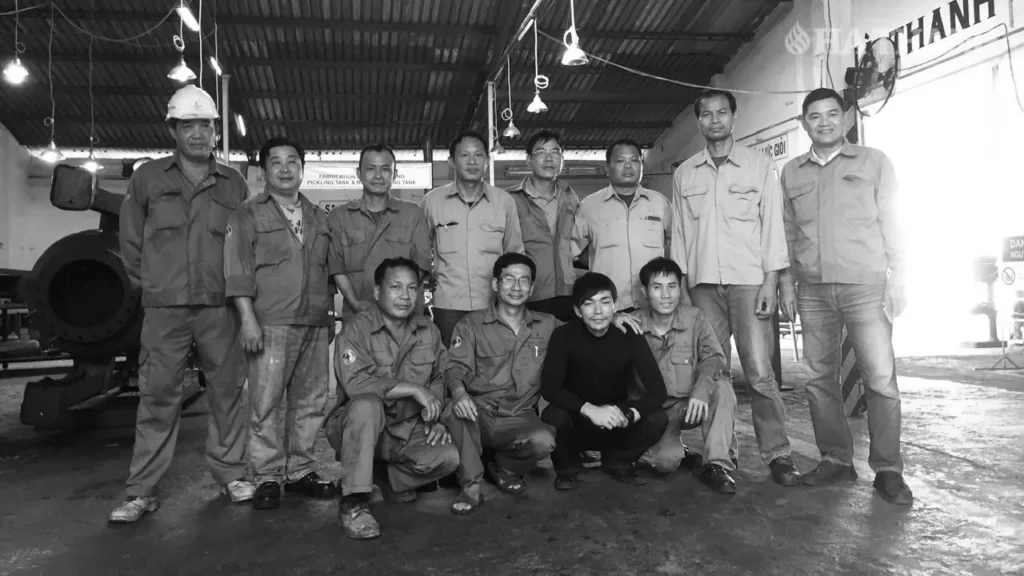

Hỗ trợ ứng dụng lót dán tại công trường
Hà Thanh ứng dụng các bí quyết trong lót dán cao su (OHJI) kết hợp với kỹ thuật lưu hóa tại nhà xưởng và lưu hóa tại công trường trong nước và ngoài nước một cách độc đáo.

